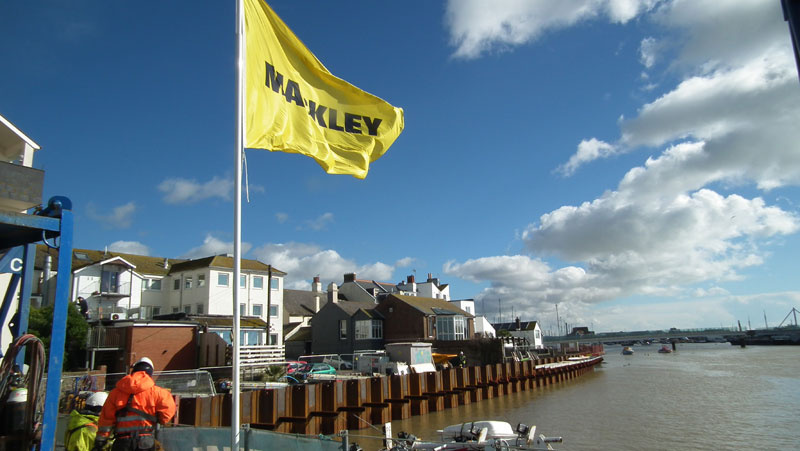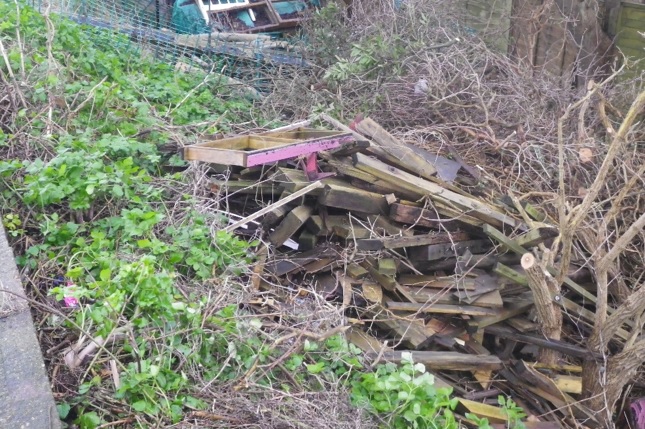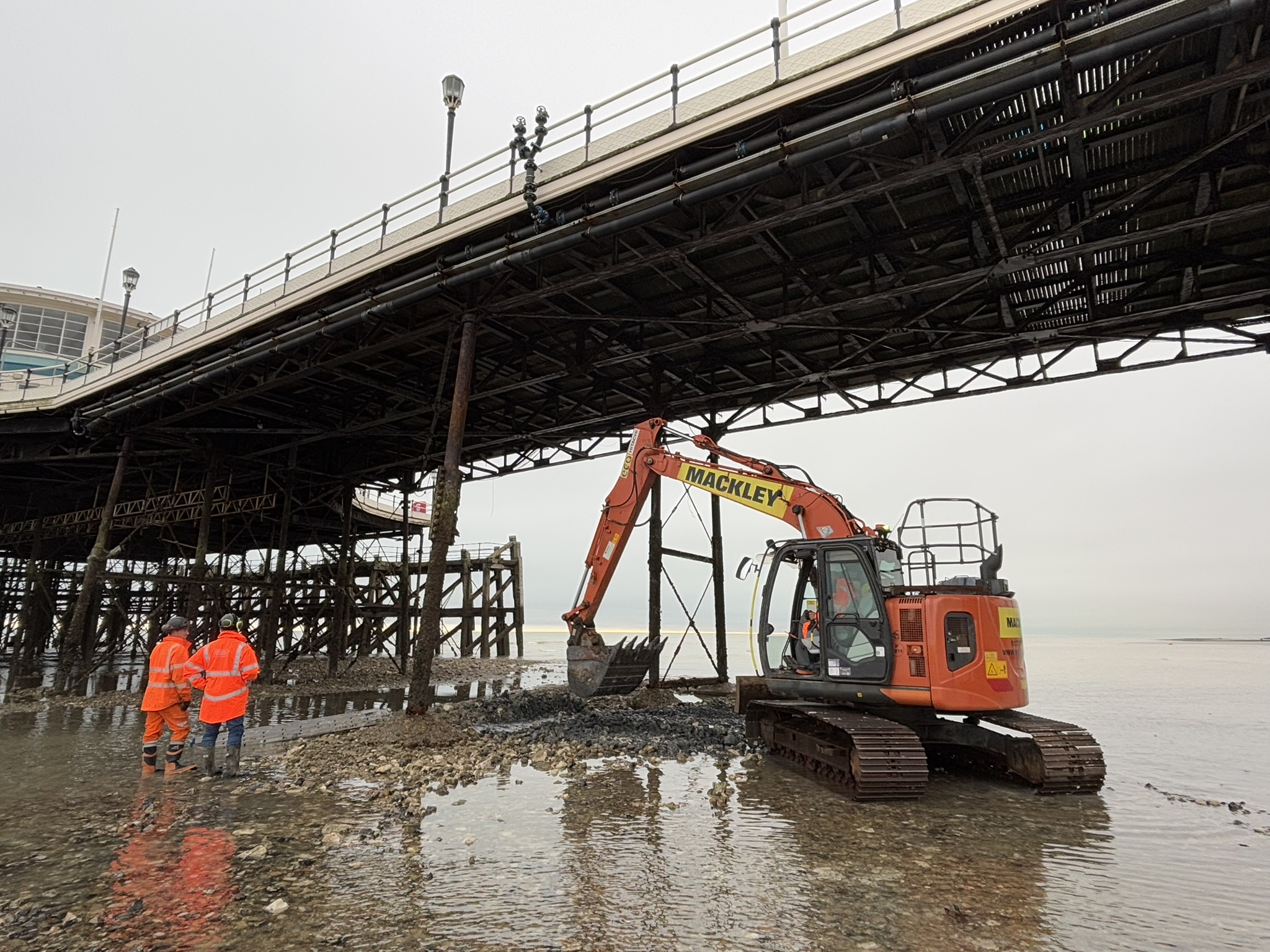
The focus switches from reptiles to birds in part three of a series of updates looking at specific elements of our efforts to mitigate the environmental impact of our work on the Shoreham Adur Tidal Walls Flood Defence Scheme.
Background to scheme
The Shoreham Adur Tidal Walls scheme is being carried out by Mackley working as part of Team Van Oord and on behalf of the Environment Agency, Coast to Capital Local Enterprise Partnership, Adur District Council and West Sussex County Council.
Once completed, the £31m project will significantly reduce flood risk to more than 2,300 properties in Shoreham and East Lancing, as well as protecting important local infrastructure including roads, the railway line and Shoreham Airport.
Working with the Environment Agency, Mott MacDonald and CH2M, we are committed to building the scheme efficiently and at the same time minimising the impact on the local wildlife. We are doing this by making sure our work does not impact any legally protected species, by monitoring for wildlife and creating habitats through landscaping.
In part one of this series, we looked at how we moved reptiles including common lizards, slow worms and grass snakes from some areas where work is being carried out to a specially created site on Mill Hill Nature Reserve.
Part two focussed on the protection of reptiles through sensitive vegetation management.
 Part three – the protection of birds
Part three – the protection of birds
There are large areas of trees and bushes in close proximity to the site where we are working in Shoreham, which means there is a large bird population. As nesting birds are legally protected, we can only remove any potential habitat outside the nesting season.
This doesn’t just include the trees and bushes where you would expect birds to nest. A long term swan’s nest on the mudflats, behind Riverside Road, was monitored to make sure it was not still in use before it was carefully dismantled and removed.
We looked at the feasibility of providing an alternative nest but due to a combination of limited space, needing to ensure the safety of our team working on site, and wanting to maximise the chances of a successful fledging of any cygnets, we decided to let the swans find their own new nest site.
We found another unusual nesting site hidden within piles of timber on the bank behind the house boats. Small birds such as wrens are likely to nest in the undisturbed cavities within the timber piles (see pic).
As these habitats are located along the line of the new sheet pile wall, we carefully removed the timber by hand in spring as part of reptile mitigation.
Next edition – protection of rare plants
In the next part of this series we will look at measures being taken to protect the variety of rare plants located on the Shoreham site. This will be published week commencing 14 August.
03 August 2017


